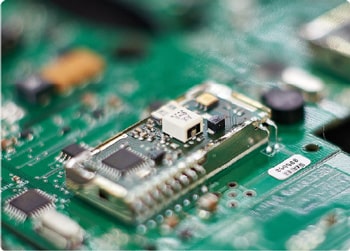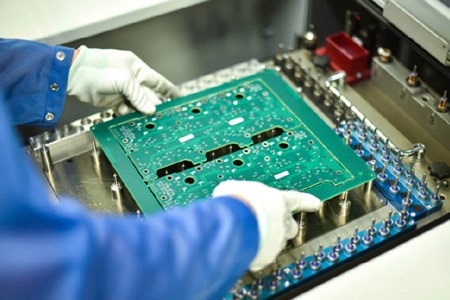The difference between pcb and smt
PCB circuit board and SMT component mounting are two important concepts in electronic manufacturing. Some friends can't tell them apart. It doesn't matter. Today we will explain to you the difference between pcb and smt in detail.
PCB: PCB is a base material used to support and connect electronic components. It is a plate-like structure with wires and electrical connection points, usually made of an insulating material such as fiberglass-reinforced epoxy. Circuit patterns and metal wires are formed on PCB manufacturing through printing, etching and other processes, which are used to transmit signals and power in electronic devices.
SMT: SMT is an electronic assembly technology used to mount electronic components directly on the surface of a PCB instead of through traditional pins or soldering. It uses small surface mount devices (such as chip components, electrolytic capacitors, diodes, etc.) that are characterized by small size and good reliability. SMT assembly involves sticking components onto a PCB and connecting them using methods such as reflow soldering or wave soldering.
The following are the main differences between pcb and smt:
PCB is the physical basis of electronic equipment, providing circuit connections and support; while SMT is an assembly technology of electronic components, used to install components onto PCB.
PCB involves designing and manufacturing the entire circuit board, including connecting lines, component mounting holes, etc.; while SMT only involves the assembly process of components.
PCB can contain traditional components such as sockets, switches, etc. connected by pins or other means; while SMT is mainly used for mounting surface mount devices.
PCB design and manufacturing is a relatively independent process that can be used in conjunction with different assembly technologies, including SMT and traditional pin soldering.
The above is the difference between PCB and SMT that we have sorted out. It should be noted that PCB and SMT are usually related and interdependent concepts. PCB provides the layout and connection method of electronic components, while SMT pcb provides an effective assembly method for electronic components on PCB.






